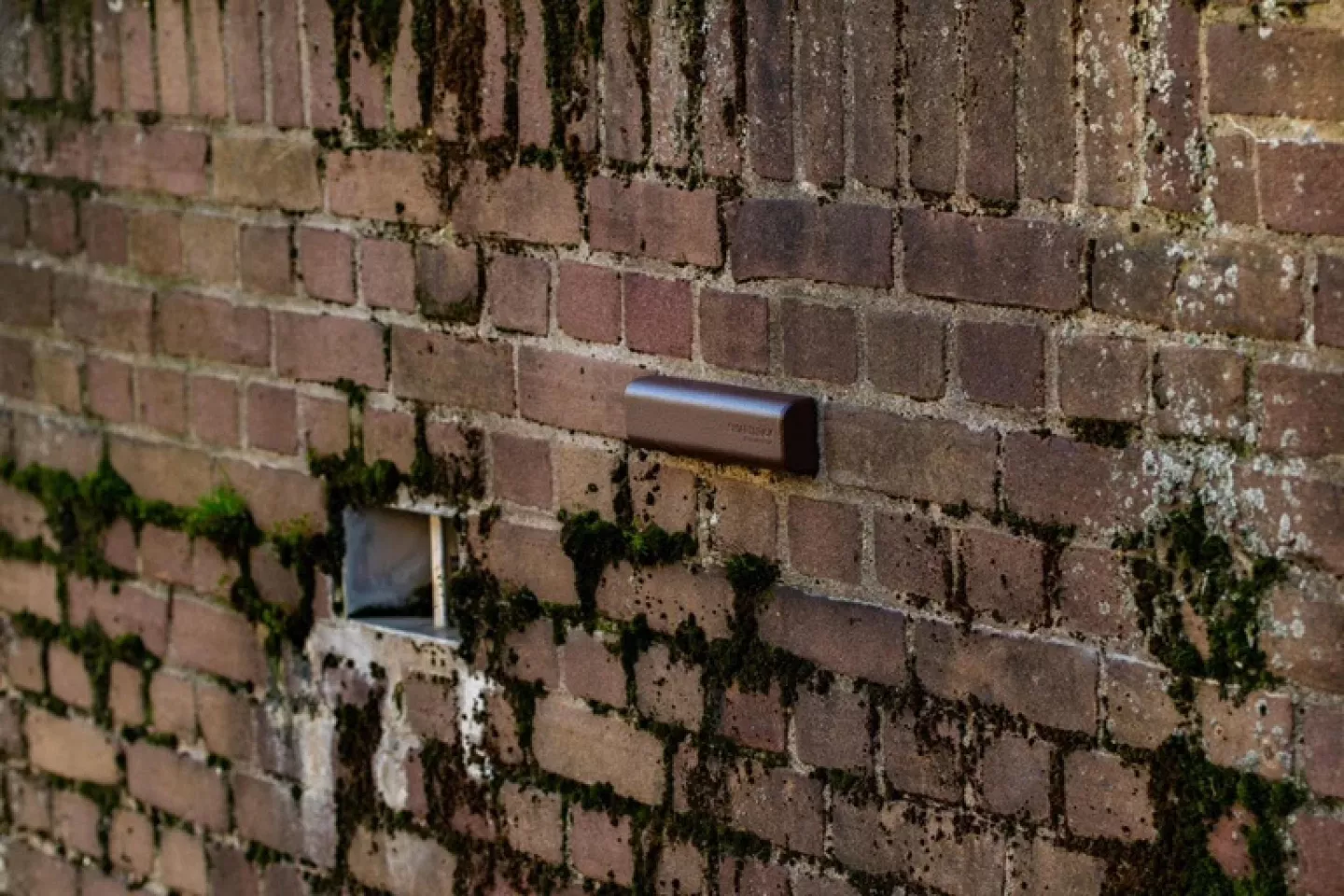Predictions with SmartBrick
SmartBrick continuously monitors changes, damage, and potential collapse risks in civil infrastructure such as quay walls and bridges. Based on this data, reliable predictions can be made about the state and condition of these structures, enabling maintenance to be planned in a targeted and timely manner.
SmartBrick is an integrated end-to-end sensor and data solution that can be produced in high volumes, making early detection more efficient, faster, more accurate, and more cost-effective.
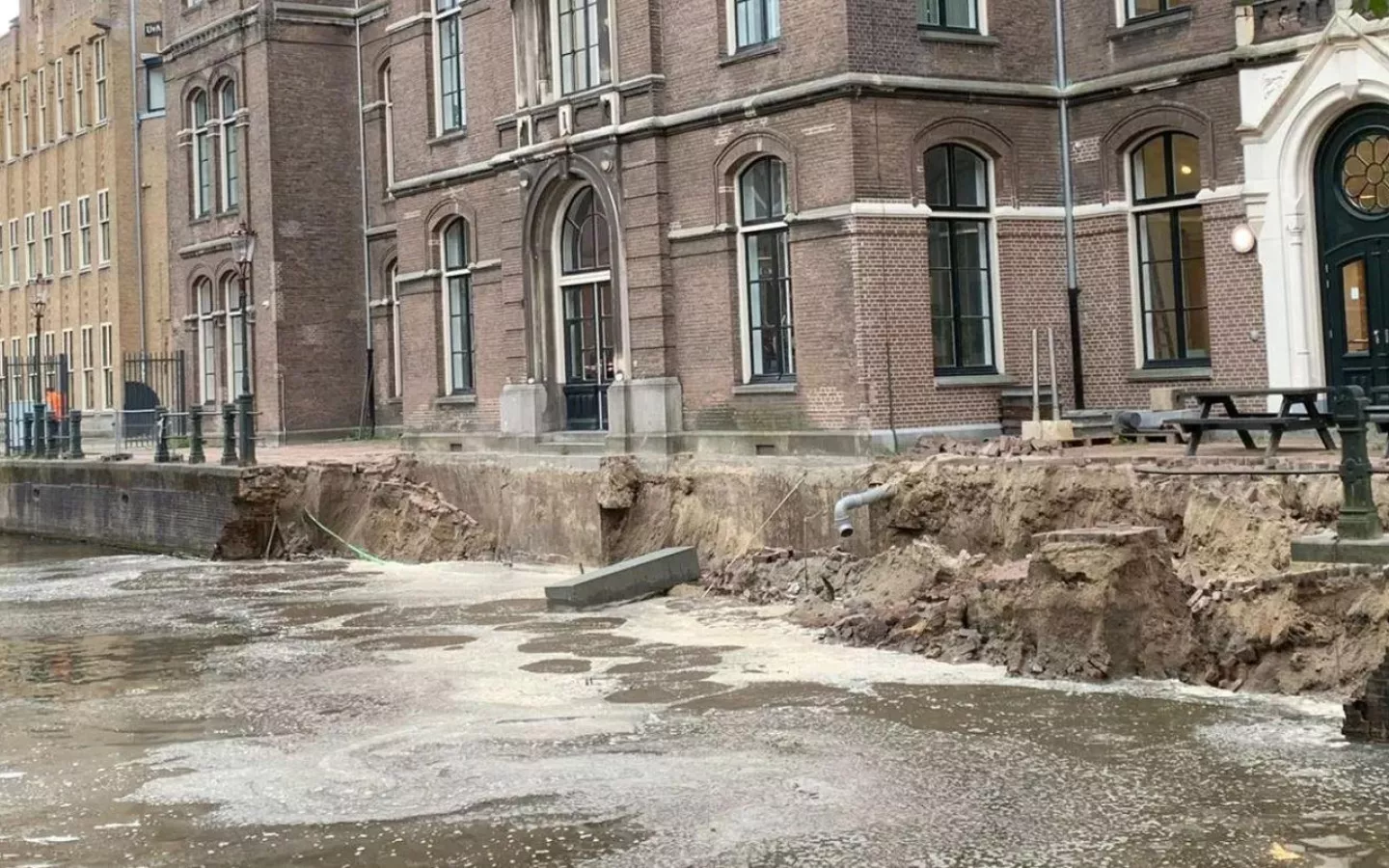
Accept the marketing cookies to view this video.
Click here to change your consent.
How SmartBrick works
SmartBrick is now being used in Amsterdam and provides valuable insights to help keep the city safe. The sensors support early detection of risks and assist the municipality in planning maintenance.
The video explains how SmartBrick works.
Monitoring quay walls in Amsterdam
The municipality of Amsterdam faces a major challenge: how can thousands of meters of bridges and quay walls be monitored in an affordable, efficient, and reliable way?
Casper van der Peet, technical manager of bridge and quay wall supervision and project leader of the SBIR innovation competition (2020), explains: "The SBIR (Small Business Innovation Research) was launched to develop innovative techniques and methods that enable us to monitor all our bridges and quay walls in a more cost-effective and efficient way. SmartBrick is one of the four winning and promising techniques from the SBIR that will hopefully help us further with this task."
He continues:
"At the moment, bridges and quay walls in our city are monitored and inspected in a traditional way. This covers only about 10% of the city, while the rest is not without risk."
-
User friendlyStick-and-play sensorsystem
-
ScalableMonitors large-scale structures
-
SafetyImproves maintenance and safety
-
InteractiveUsable with interactive dashboards
Reliable data, instantly available
SmartBrick can easily be placed on almost any surface. Thanks to the Stick & Play principle, the sensor starts measuring immediately, with the data displayed in a user-friendly dashboard (or your own system).
This allows monitoring specialists to see at a glance where deviations occur by district, canal, or even a specific quay. In this way, the entire city can be continuously and clearly monitored.
The two-axis inclination measurement is extremely accurate (≤0.1°) and delivers high-frequency data for many years – often 5 to 10 years on a single battery. The compact, unobtrusive design blends seamlessly into historic city centers. With its low unit cost and wireless data transmission, SmartBrick offers a scalable solution without the need for complex infrastructure.
Installation is simple: with epoxy or screws, SmartBrick is immediately ready for use.
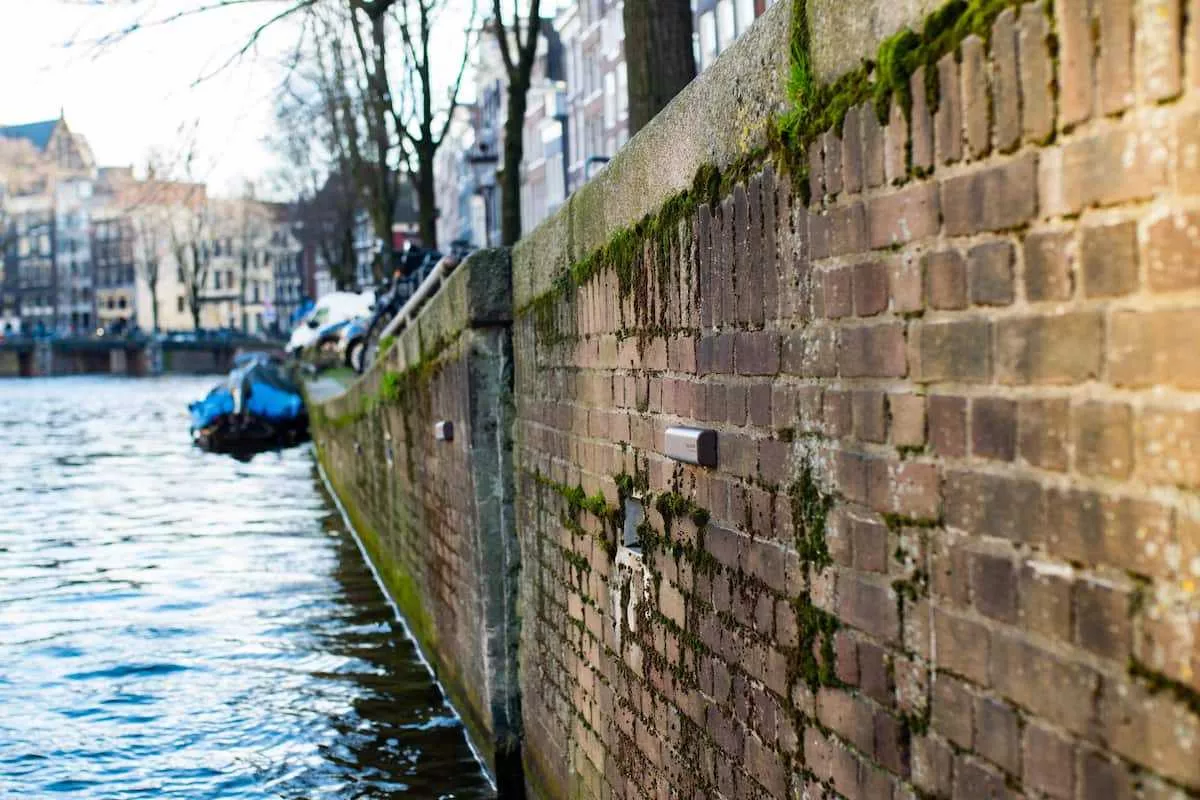
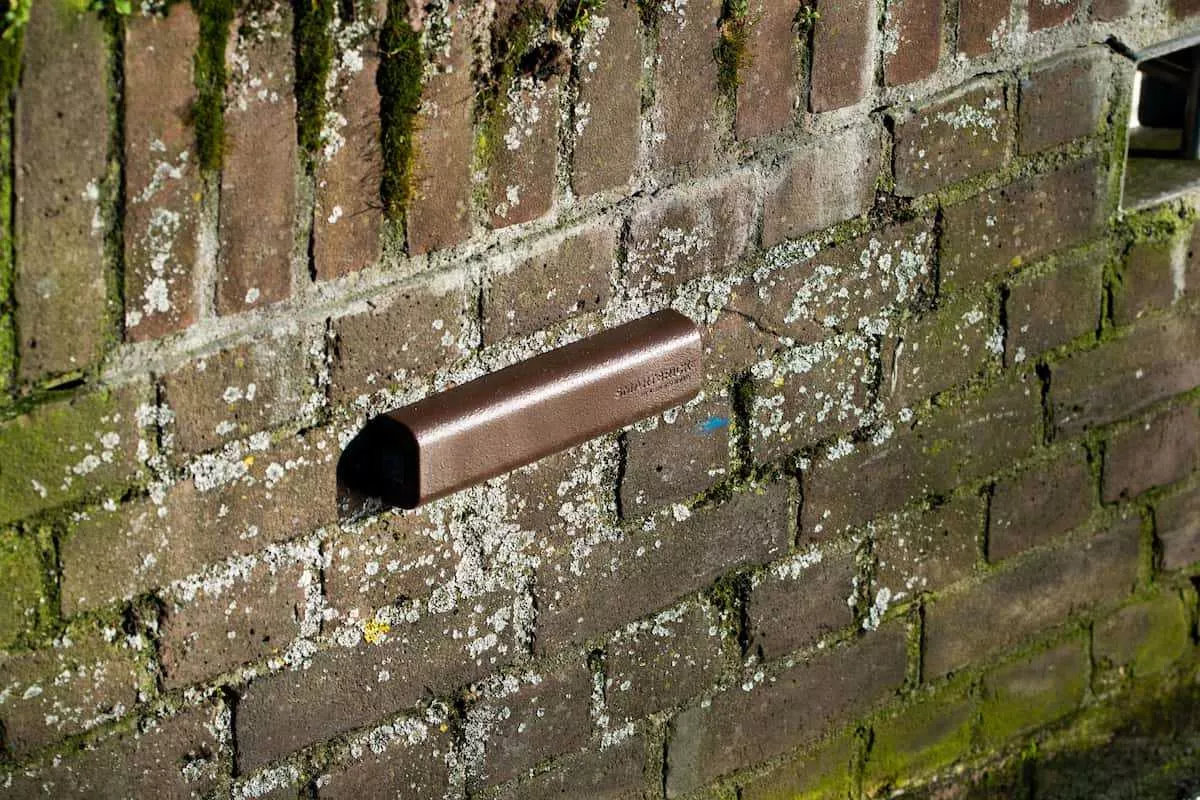
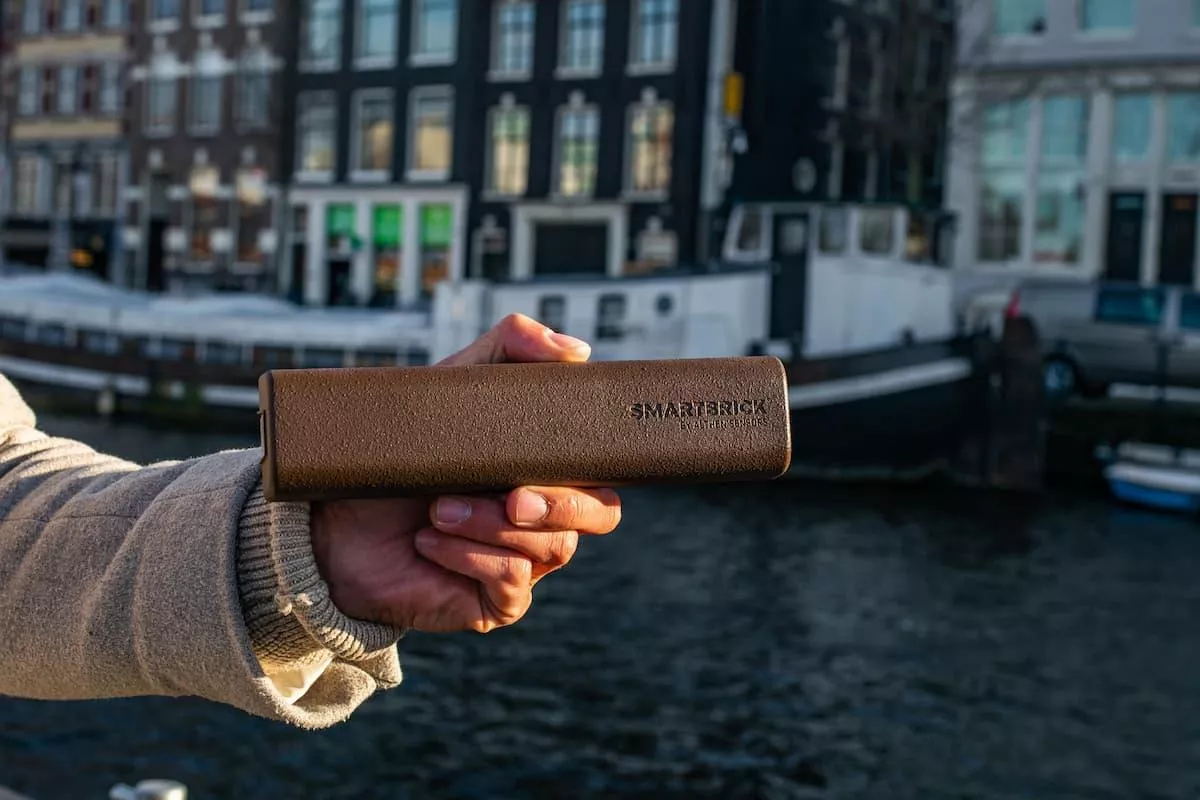
The benefits of SmartBrick
With SmartBrick, monitoring shifts from reactive to predictive. Discover the key benefits at a glance:
- Continuous insight into stability and movement
- Early detection of damage and risks
- Reliable predictions with self-learning algorithms
- Quick installation with Stick & Play
- Compact, wireless, and unobtrusive in urban environments
- Long battery life of up to 10 years
- Low cost per sensor, scalable deployment
- Direct data access in a user-friendly dashboard
- Lower maintenance costs and longer preservation of (historic) infrastructure
SmartBrick, cornerstone of trust and safety
With SmartBrick, Amsterdam strengthens not only the safety of its bridges and quay walls, but also the trust of its citizens. The advanced sensor technology helps protect historic heritage while at the same time looking ahead to the future.
SmartBrick provides certainty, reduces risks, and demonstrates how innovation can contribute to sustainable urban development. It serves as an inspiring example for other municipalities that want to manage their infrastructure in a smarter and safer way.

